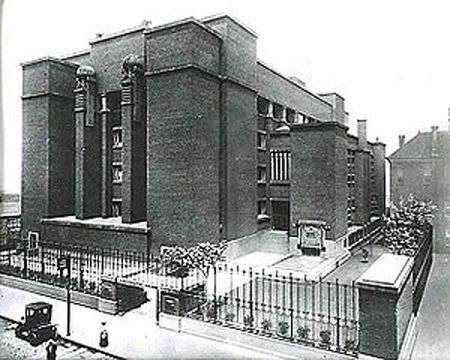5. Frank Lloyd Wright's Demolished Larkin Administration Building

Frank Lloyd Wright is one of the most famous names in architecture, but he's also famous for his shoddy work (as well as being a huge jerk). He may have built many iconic buildings including Fallingwater in 1935, considered one of America's best, but many of his buildings are plagued with design flaws. One of the most notorious was the Larkin Administration Building, designed and built for the Larkin Soap company in Buffalo, NY in 1906. The building itself was innovative in a lot of ways, using natural sunlight, its own “air conditioning”, and included the first hanging bathroom stalls. But, like many of Wright's structures, form took precedent over function. All of its interior light came from the skylight 76-feet above the main floor, which was supposed to be a communal working area, with tiny offices pushed off to the side. There were reports of leaky roofs, dark workspaces, and lack of privacy. Many praised the design, but some felt it was monstrous and bleak, especially from the outside. Hard times fell on the company during the Great Depression, and eventually folded in 1945. Because of its unusual design and high upkeep costs, it sat vacant for 5 years, with nobody ponying up to foot the bill. Finally, in 1950 it was ordered demolished by the City, a process which took 2 years because of its density. Some consider the destruction of the building to be “blunder” as to its historical significance, others say the building should have never constructed in such a extravagant fashion. Either way, it is a huge fail.
 IMAGE CORNER
IMAGE CORNER Wallpapers/Cool Images
Wallpapers/Cool Images Architecture
Architecture Colossal Architectural Blunders
Colossal Architectural Blunders IMAGE CORNER
IMAGE CORNER Wallpapers/Cool Images
Wallpapers/Cool Images Architecture
Architecture Colossal Architectural Blunders
Colossal Architectural Blunders
